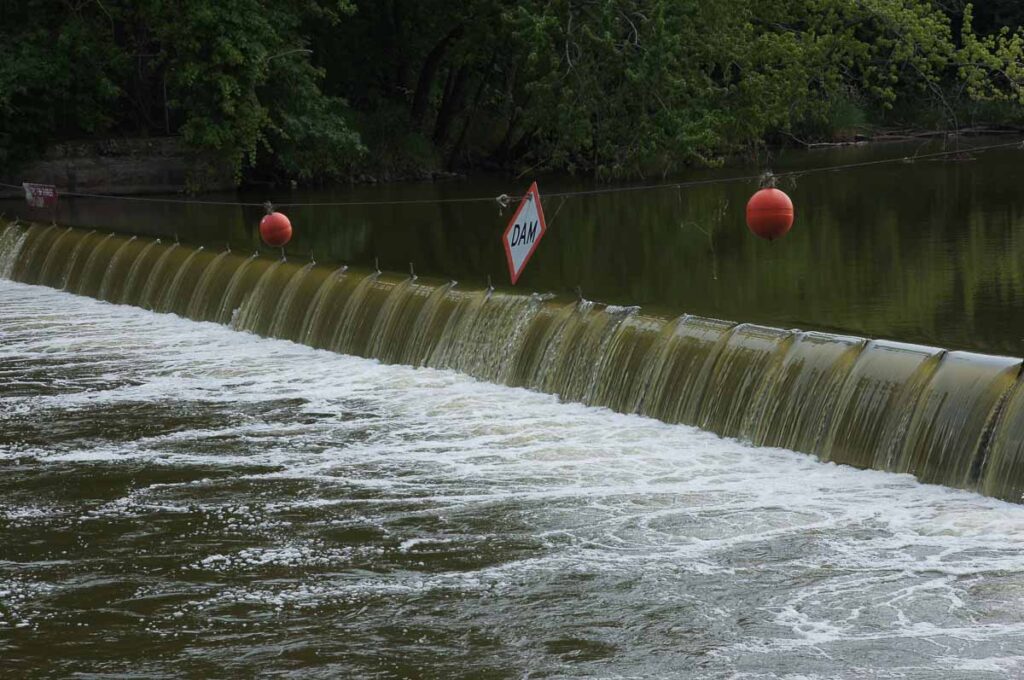Watershed/Basin: 2,090 square miles (excludes Wolf River Basin)
The Fox River has been a major driver of both man and nature since it formed after the last ice age. Lake Sturgeon, and Walleyes run these rivers every spring. For both species, it is a minor run compared to that of the Wolf River, but never-the-less it is of major importance. Although greatly diminished waterfowl still congregate on the Fox Rivers backwaters and shallow lakes.

The Fox River begins its life in leisurely flows through a number of shallow lakes, meets the Wolf River at Lake Butte des Morts fans out over Lake Winnebago, before tumbling over the dams and Neenah and Menasha. There it falls rapidly on its way to Green Bay and Lake Michigan.
Long before white settlers came to Wisconsin, Native Americans gathered Wild Rice, hunted and fished these waters. The river was a major source of navigation and trade for the tribes.
With the arrival of French fur traders, this only increased. After settlement, agricultural and industrial goods traveled up and down the river through an extensive system of locks and dams. However, by the time the navigation system was completed in 1899 the railroads had already made the steamboat obsolete. Political, not economic reasons kept the system open for long after it was obsolete, and today politics is reopening a portion of the old lock system on the Lower Fox River for recreational boating.

Even though the industrial value of the Upper Fox River has long faded to nearly nothing it remains a powerhouse of the local tourism economy. Fishing is a huge draw to the area and each year out of town and state fishermen pump millions of dollars into the local economies of more than five counties. The water props up property values, and draws recreational boaters.
WDNR Upper Fox River Basin http://dnr.wi.gov/water/basin/upfox/
Upper Fox Basin Summary Flyer (PDF, 73KB)

